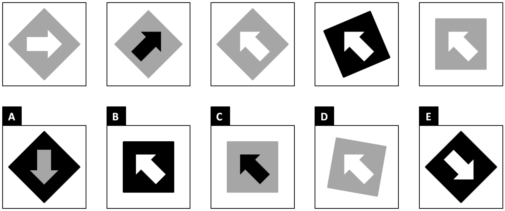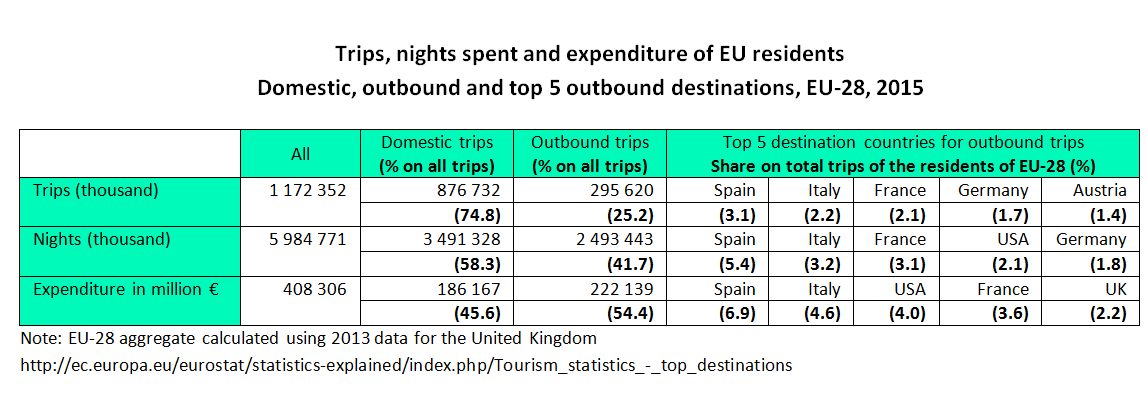We help you pass the EPSO exams and get an EU job
100% realistic EPSO-style test simulations, 1000+ successful candidates, 150+ free study materials.
Register today and join the largest EU career community.
Everything You Need to Succeed
Simulated EPSO exams, performance tracking, proven methodology
Learn Strategies
Practice Questions
Simulated EPSO Exams
Track Performance
Europe’s #1 EPSO Test Preparation Service
80 000+ Satisfied Users, 35 000+ EPSO-Style Exam Questions, 24 Languages
Sample EPSO Test Questions
See what the EPSO test questions look like
Which figure completes the series?

Aftershocks are earthquakes that are more accurately described as the lower-magnitude (or lower-intensity) tremors that follow the principal earthquake or main shock (that is, the largest earthquake in a sequence of earthquakes). When an earthquake occurs some of the energy released from the sudden fracturing of rock is transferred to the rocks nearby, which adds to the pushing, pulling, and twisting stresses already placed on them. When these stresses are too much for the rocks to bear, they break as well, releasing a new round of pent-up energy and creating new faults in the rock. In this way, earthquakes beget aftershocks, and aftershocks beget smaller-and-smaller aftershocks. Aftershocks tend to be the most severe and happen more frequently in the hours and days that follow an earthquake. However, their magnitude and frequency decrease over time. (britannica.com) Which of the following statements is true?
What was the average expenditure in Spain per night (in EUR) in 2015?

| # | Question | Result |
|---|---|---|


